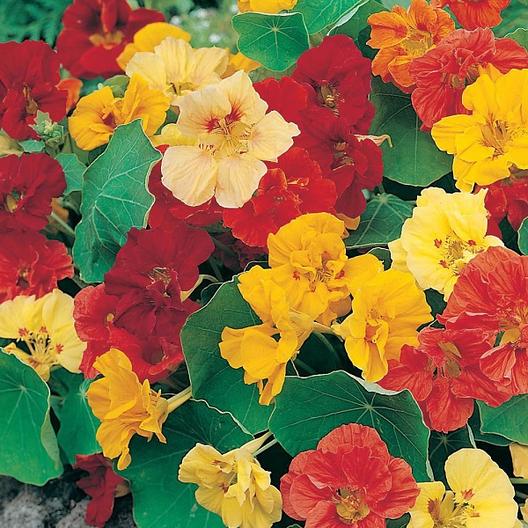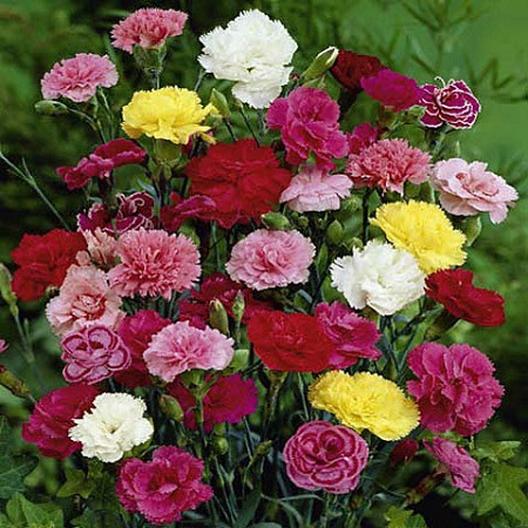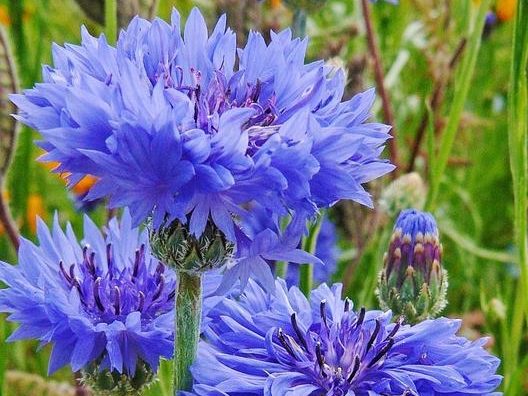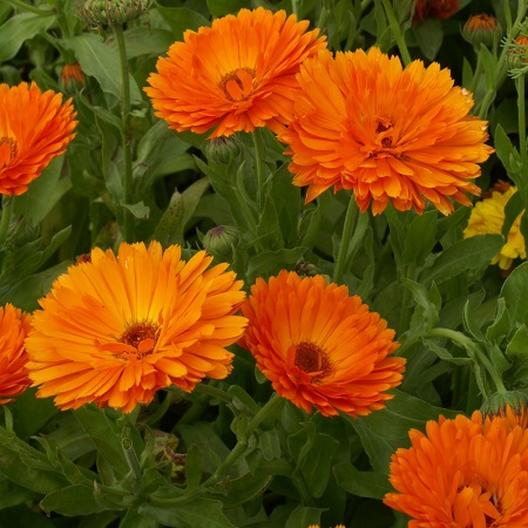Growing an edible flower garden may sound a tad intimidating, mostly because people first think of flowers for beautification. Yes, they add lovely color to your landscape and home decor, but they can also (very easily) add a splash of color and taste to your favorite dishes.
Some of the most common and easy-to-grow flowers are edible! Maybe you already have some of them in your garden and didn’t realize you could have a bite of them, too. Remember to follow a few simple rules, before you try anything:
- If you aren’t certain it’s edible, don’t try it! Some non-edible flowers look very much like tasty treats. Be positive that what you eat is, in fact, edible.
- Wash up! As with anything you ingest, it needs to be clean. Wash off your flowers before enjoying them.
- Never eat flowers that were sprayed with pesticides. Organic and all-natural is the only way to go.
- Only a few flowers are fully edible, as in the seed, stem and petal. Usually the petal is the only edible part of the flower. Again, when in doubt, play it safe.
Once you’re well-informed, there are so many fun choices and ways to add colorful flavor to your cuisine. From cake toppers to decorating a side dish or adding a little flowery surprise to a friend’s tea or wine, edible flowers are guaranteed to elevate your dishes and drinks. We’ve come up with a list of some of our best options here.
Easy to Grow & Easier to Eat
Nasturtiums are a favorite flower treat because the entire plant is edible—the seeds, leaves and colorful petals. The flowers in this Jewel Mix look like they would have a sweet taste, but the flavor is a bit spicy, almost peppery. Try placing them with a Mexican or Indian dish for an added kick. If you aren’t up for planting an entire edible garden, these also do well in containers.


The quintessential Valentine flower, carnations like this Grenadin Double Mix are also delicious culinary sweets. They make beautiful cake toppers and can be added to wine for additional sweetness and color. Just make sure you pull the petals away from the more bitter flower base. They add lovely color to salads and appetizer trays.
Bachelor’s button or cornflower is often used as a garnish. It resembles cloves in taste and has a hint of spice over sweetness. You probably don’t want a plate-full but one or two bright blue blooms will absolutely brighten up your table. Bonus: the blooms are also used as natural food dyes.


For salad lovers, calendula should be your go-to edible flower. Both the leaves and petals are edible, and they add a beautiful brightness to any fresh salad with their tangy flavor. Calendula also goes by “poor man’s saffron” because it has a similar taste but is much easier and less expensive to grow.